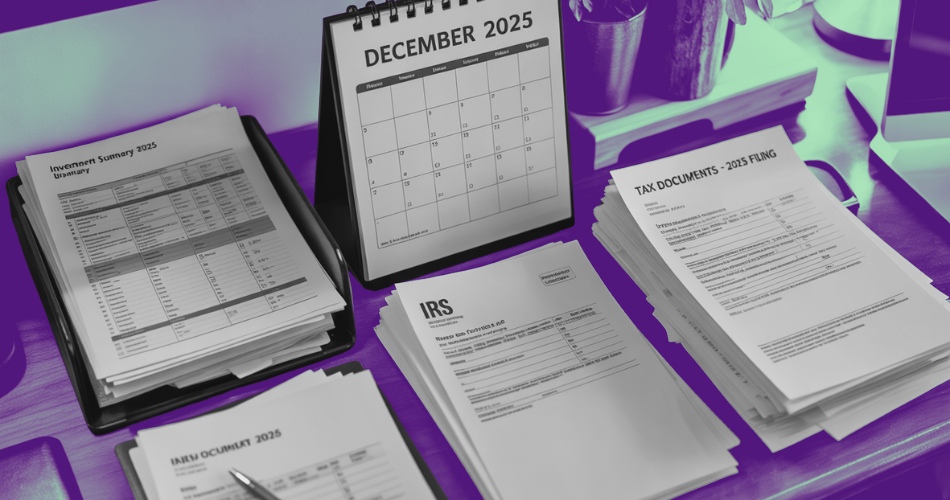
As the calendar winds toward the end of the year, smart business owners shift from reaction to strategy. While many are scrambling in the last two months, the most forward-looking founders and their advisors treat the period as a planning window: not just to reduce the tax bill for the year, but to build the foundation for next year’s momentum. Approach these next two months with the intention to align your financial priorities for the year ahead, rather than a sense of urgency.
Why Year-End Moves Matter
Consider how many businesses act when the year draws to a close: a flurry of spending, last-minute purchases, benefit upgrades. But the strongest firms don’t buy haphazardly, instead they buy intentionally. To qualify for a deduction in the current year, expenses must be incurred or payments made before the year closes. Meanwhile, tax rules for capital expense deductions, such as Section 179 and bonus depreciation, reward investments placed in service by year-end with immediate write-offs. By executing now, you not only lower this year’s tax liability, you accelerate growth capacity for next year. That dual effect is the difference between “expense” and “investment.”
Ten Year-End Investments That Pay Twice
We’re not talking about random purchases. These are asymmetric investments—moves that deliver a tax benefit today and create leverage tomorrow:
- Fund a retirement plan. Establish or contribute to a SEP-IRA, Solo 401(k), or defined-benefit plan before year-end. You get the deduction now, and your capital starts compounding.
- Purchase qualifying equipment or software. If you place equipment “in service” by year’s end, you can leverage full Section 179 or bonus depreciation—a double win.
- Prepay services or subscriptions. If the service pertains to next year (marketing engagements, consulting retainers), paying now gives you the deduction and locks in favorable rates.
- Enhance employee benefits. Upgrading benefits such as a health-savings account or wellness program reduces this year’s taxable income while improving talent retention next year.
- Make energy-efficiency improvements. Commercial property upgrades that reduce energy use can qualify for business deductions or credits.
- Defer revenue intentionally. If you expect a big payment in early January, don’t invoice it this year. You delay recognition and preserve this year’s deduction against next year’s revenue.
- Make charitable donations via business or entity. A well-timed contribution before year-end lowers your taxable income and builds goodwill or PR value for the business.
- Invest in training and development. Educational costs for employees count as business expenses—and starting training now positions your team for next year’s growth.
- Strengthen liquidity and reserves. While not a deduction, building a cash buffer before year-end gives you financial optionality and cushioning for next year.
- Review entity and tax-structure alignment. If your business structure (LLC, S-Corp, C-Corp) no longer matches your growth strategy, initiating the change now ensures your next filing benefits rather than remediates.
These moves share a common logic: they reduce this year’s tax bill and enhance next year’s capacity. That’s what levered growth looks like.
Guardrails Before You Accelerate
Year-end investing can backfire without oversight. Deductions must meet the legal standard of “ordinary and necessary” for your business, and capital-expense write-offs rely on correct timing and documentation. Placing equipment into service by year-end matters. Revenue deferral must respect “constructive receipt” rules. And every purchase needs supporting records—dates, invoices, board minutes—to withstand audit scrutiny. A one-time gear purchase may feel exciting, but without context it becomes a write-off rather than an investment. Before you sign that contract or buy that machine, ask: Does this reduce tax now and build optionality next year? If yes, proceed; if not, rethink.
Conclusion
The end of the calendar year is a strategic opportunity. When you align tax moves with growth decisions, you don’t just reduce the size of your check to the IRS, you redirect capital into your business’s future. Smart founders shape outcomes. Rather than scrambling in January, start executing today with clarity and intention. Because efficiency without strategy is fragility, but optionality built ahead of time is certainty.
Sources





